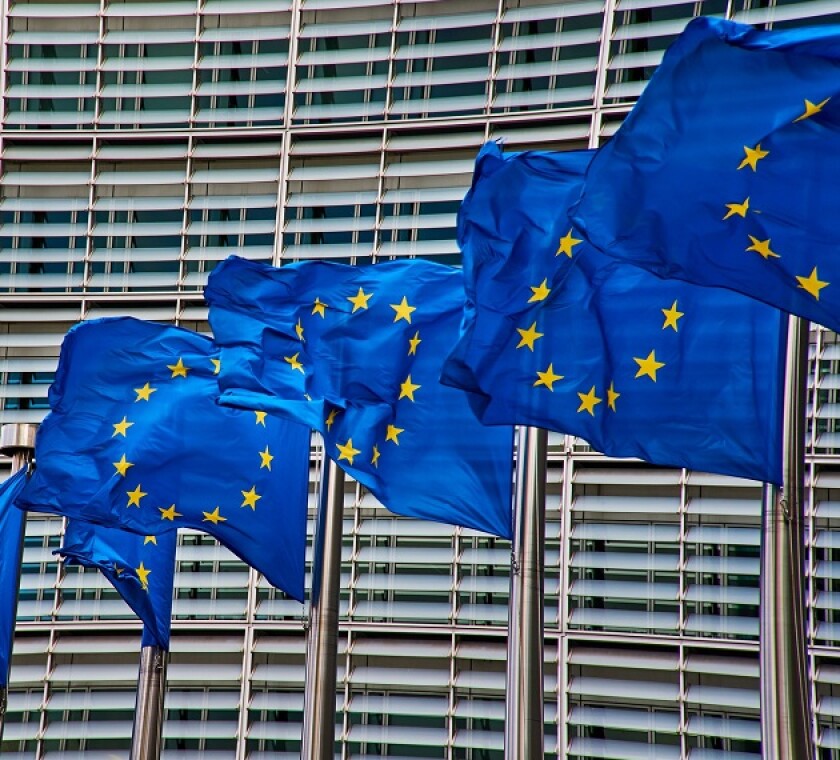The public CbCR directive received a majority vote at the European Parliament's plenary session on November 11. This is the last stage of the approval process before entry in the Official Journal of the EU. Every EU member-state will be expected to implement public CbCR by early 2023.
Some tax professionals told ITR the directive falls short of expectations on scope, but it marks the European Commission’s intention for a wider corporate tax transparency regime in the longer-term. This is a key turning point for EU-wide tax reform.
"This directive, alongside other tax transparency measures, could be one of our strongest tools against complex tax rules that have allowed tax avoidance to persist in the EU," said Paul Tang, chair of the European Parliament’s sub-committee on tax matters (FISC).
The public CbCR directive requires multinational enterprises (MNEs) with group revenue of more than €750 million ($860 million) to disclose the amount of corporate tax they pay in EU countries. Yet OECD economists estimate that only 10-15% of MNEs will be required to submit a report.
The directive would also apply to multinational companies headquartered outside the EU that do business in the EU through subsidiaries. This includes MNEs operating in countries on the EU’s list of non-cooperative tax jurisdictions (EU tax blacklist).
The directive will enter into force 20 days after publication in the Official Journal. EU member-states will then have 18 months to transpose the law into their national laws. This means that businesses will need to be complying with the first provisions of the directive by mid-2024.
Carbon taxes could force companies to change TP approach to risks
Businesses may have to overhaul their transfer pricing (TP) policies to factor in carbon tax. This could be crucial for governments looking to reduce carbon emissions following COP26.
Multinational companies exposed to carbon taxes will see their cost base change. This will have implications for transfer pricing policy in these companies. The ripple effect might be felt across the company’s TP strategy.
If such a business has to factor environmental costs into their product pricing, the company will also need to assess the impact on the functions, assets and risk (FAR) profile of the multinational group.
“Let’s say you’re charging yourself an internal carbon levy. You need to understand how that is increasing your cost base,” said Andrea Grainger, head of TP at Swiss Re.
“Essentially, instead of external factors increasing it such as a government charging a carbon tax, your cost base would go up. To that extent, you would need to think about the impacts on TP,” said Grainger.
Some companies use internal carbon fees to support climate initiatives by generating investment streams, but those with a carbon levy charge themselves with a carbon tax and then buy carbon offset certificates to manage their cost base.
The internal fee could have an impact on the price of products negotiated between companieswithin a multinational group and the allocation of the price between different members of the multinational group.
Tax teams will play a central role in company ESG compliance
In-house tax teams will work increasingly collaboratively with other departments within their companies to manage environmental, social, and governance (ESG) responsibilities as legislative changes ramp up.
Tax departments at multinational enterprises (MNEs) will become less siloed and work more holistically with other teams as ESG legislation, including environmental taxes, becomes increasingly ambitious. Tax directors could play a crucial role in intra-company collaboration because tax will be one of the primary policy levers that governments use to create change.
“Tax departments need to take a larger role and not focus only on tax,” said a tax policy specialist at a multinational retailer.
“All these measures need to be translated into: what does it mean for our business?... We tend to look at the direct impacts, but these kinds of measures can also have a lot of indirect impacts upstream in the business chain,” added the tax policy specialist.
The flurry of public interest in ESG caused by COP26 will die down. Yet tax professionals expect wide-ranging environmental tax measures from governments seeking to honour their promises on the world stage. This could include carbon taxes, carbon borders, plastic taxes, and duties on activities such as air travel and use of landfill.
However, environmental measures often straddle more than one discipline. Carbon pricing, for example, could take the form of an emissions trading scheme (ETS) or a carbon tax, while carbon borders could fall under excise taxes or customs.
This means that colleagues from different teams within MNEs will need to work together. Some MNEs are already planning ahead, while others lag behind.
Next week in ITR
Next week ITR will be taking an in-depth look at international tax policy on crypto-assets, particularly non-fungible tokens (NFTs). Meanwhile, financial institutions across the EU are weighing up the administration of DAC6 and the regime’s reporting challenges.
ITR will be keeping a close eye on the last developments of COP26 for the impact on tax policies worldwide. Even though the conference has not raised concrete policies yet, carbon taxes will be a part of any solution to climate change.
Readers can expect these stories and plenty more next week. Don’t miss out on the key developments. Sign up for a free trial to ITR.













